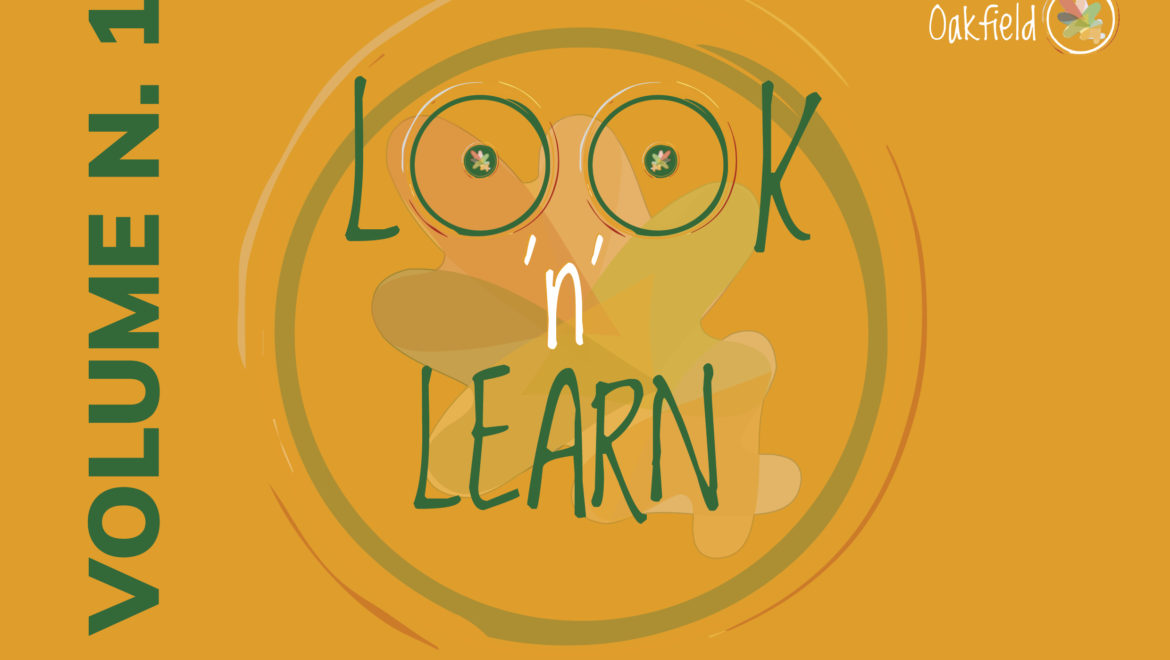Look and Learn Vol1
With this blog, we’re offering you the chance to download our first Look n Learn collection. A great way to extend your vocabulary and sound like a native!
If you’re familiar with our Instagram posts, you’ll know that we post a new expression every day. We want to help you to LOOK and LEARN.
This idea was born after many Oakfield learners came back from their trips to the UK, Ireland, the US etc. and asked me about expressions they had heard, which sometimes confused them but above all they were delighted to learn and add to their vocabulary. But it’s easy to forget these expressions if you don’t use them. So to help you remember them, we created Look n Learn.
HOW CAN YOU BUILD YOUR VOCABULARY WITH LOOK N LEARN?
Did you know that 65% of us are visual learners? This means that we learn better when we see something in a visual format.
WHAT IS LOOK N LEARN?
With our Look and Learn series on Instagram we share an image with you with an expression. These are typical expressions used by native English speakers, which can sometimes be confusing for those of you whose mother tongue is not English.
HOW DOES IT WORK?
The image you can see is connected with the expression so that it’s a brain-friendly way to link the two together. By keeping the image in mind, it will help you to remember the expression.
Check out the example sentence given on the original Oakfield Training Instagram post here.
To help reinforce the meaning, why not write your own example sentence? Check it with us by sending it to:
You can also use this booklet to test yourself, friends, colleagues or classmates to see how many expressions you can remember.
Now you can be sure that you’ve understood the new expression and it’s time to find the opportunity to use it in a conversation or when you’re writing to someone.
Please let us know how you get on.
Emma and the Oakfield Team


